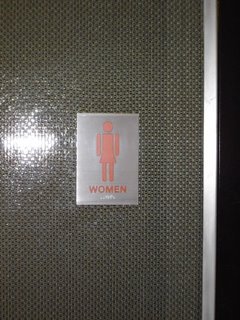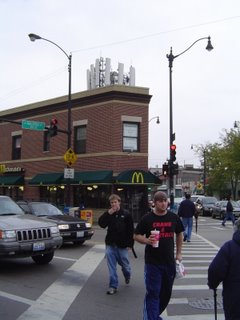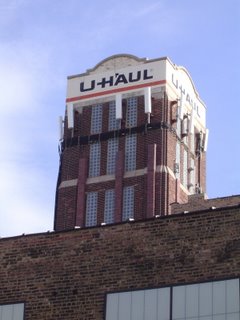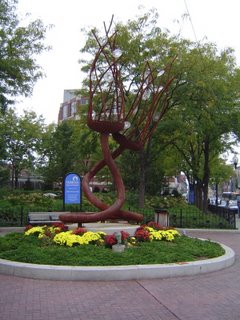
I had some catching up to do, so I took a stack of magazines with me over T-giving weekend. While WXRT's Lin Brehmer does a heckuva lot to keep Steve Goodman's memory alive in Chicago, it was still a treat to see the Georgia-based Paste Magazine dedicate an entire back page (in the June/July issue) to the musician who called this town home:
(Steve) Goodman, a terrific singer and even better songwriter who lived for the Chicago Cubs and died far too young, still might one day receive the critical and popular acclaim he deserves. You never know. . . .
Throughout his career Steve Goodman confounded listeners and critics by tossing musical changeups and curveballs into the mix. Pegged as a sensitive singer/songwriter folkie, Goodman turned around and wrote hilarious parodies of country music (the David Allan Coe-popularized "You Never Even Call Me By My Name," which skewers every cliche ever lassoed to a two-step shuffle), covered jazz standards from the '30s, and enlisted stalwart bluegrass mandolin picker Jethro Burns to be his musical foil. Pegged as a serious, literary writer, he thumbed his nose at pretension by concisely summarizing the plot of Moby Dick as a twelve-bar blues. . . . And always he wrote about his beloved Chicago, firing broadsides at the notorious Lincoln Park Towing Company, simultaneously eulogizing and sending up longtime mayor Ricahrd Daley, echoing the prayers and doubts of millions of Cubs fans worldwide.
The article was written by Andy Whitman who blogs at Razing the Bar. You can find the full text posted there.




















